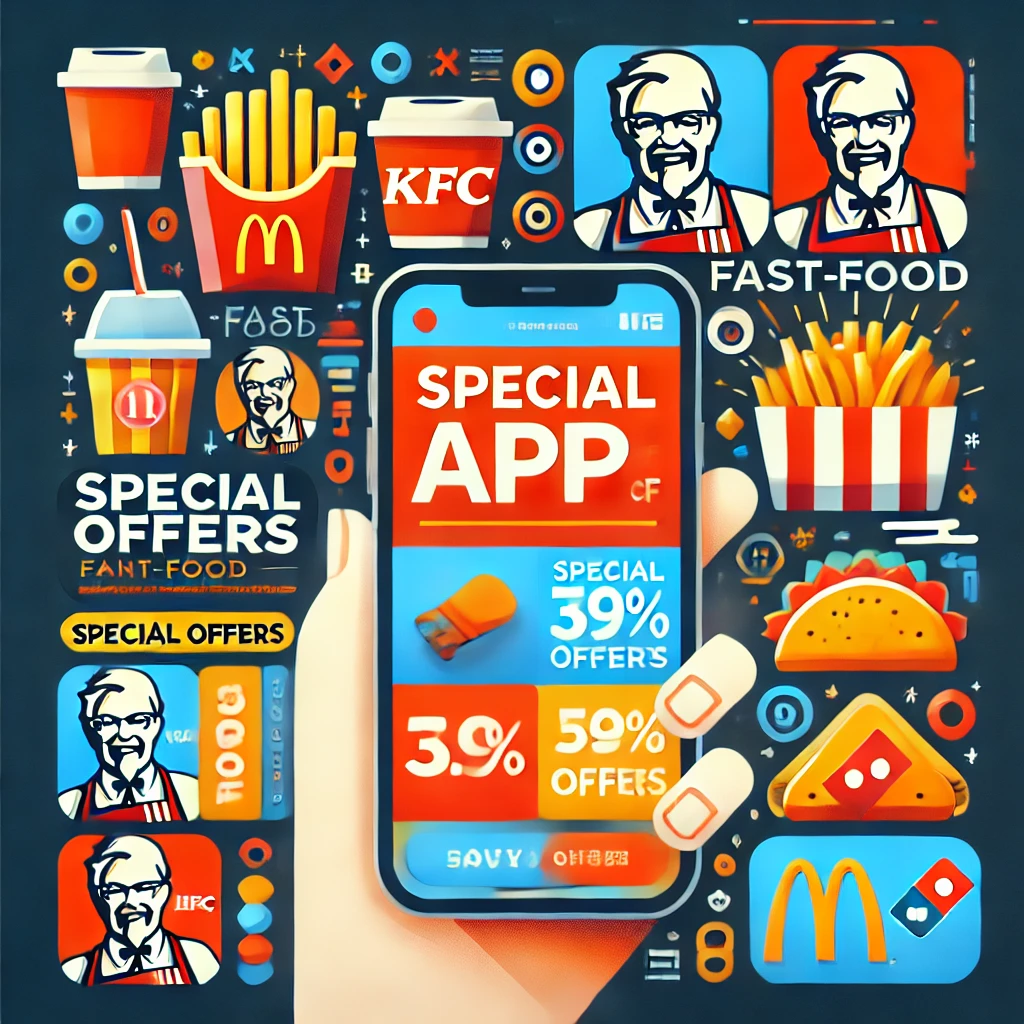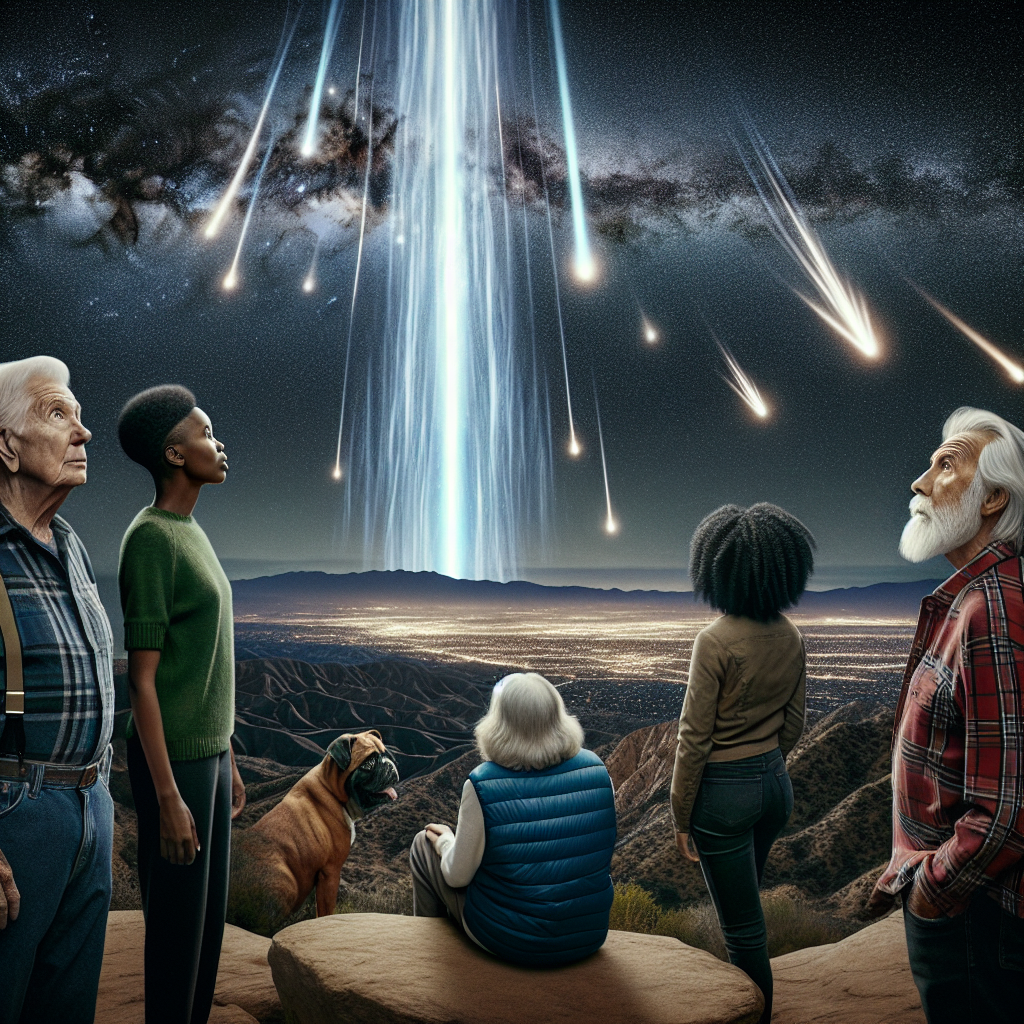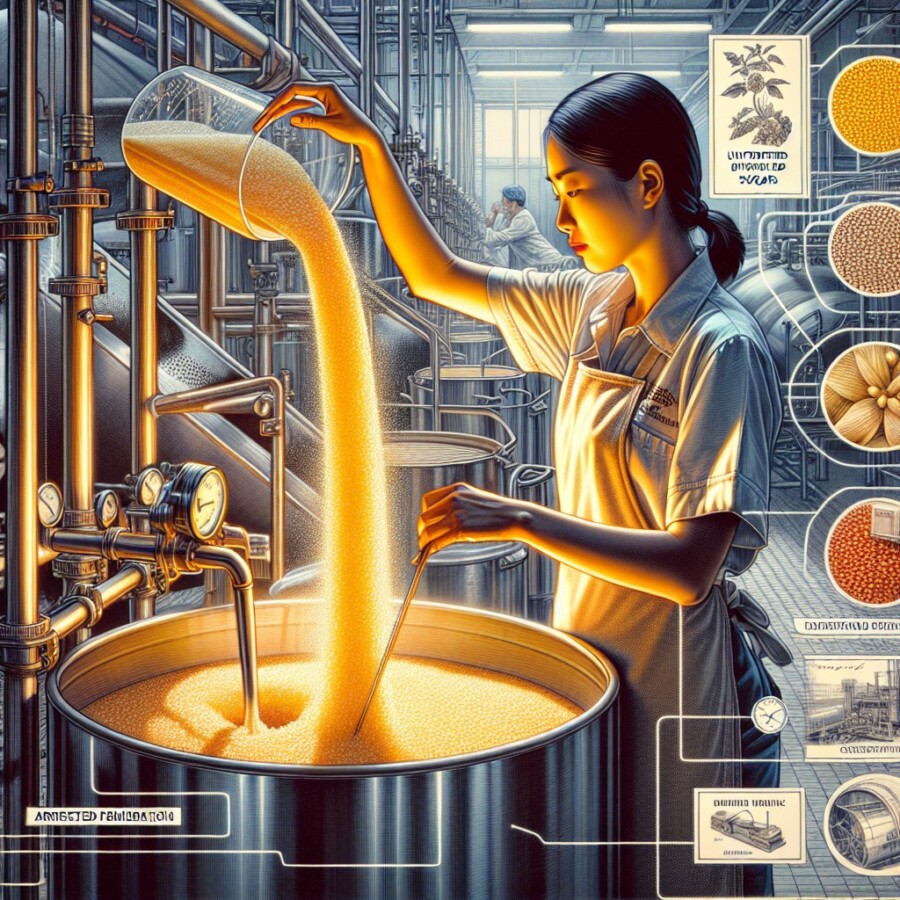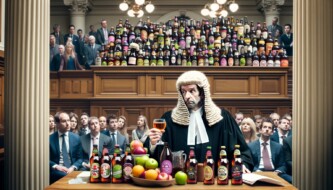A ‘hologram revolution’ might be coming soon, according to a recent article by the BBC. The article talks about Australia’s Hologram Zoo, where they use laser technology to create lifelike holographic displays of animals. The creator of the zoo, Bruce Dell, explains that they use lasers to project objects into the air and make it look like real animals. The zoo also uses new technology to make the animals look bigger and uses sensory technology to make the experience even better.
The article also mentions that holograms are being used in other industries like aerospace and hospitality. Dell’s company, Axiom Holographics, works with companies like Airbus and Honeywell, and they’re building a hologram aquarium for a hotel owned by Bill Gates. Dell thinks that holograms can change different industries, but they used to be expensive to make. However, his company has found ways to make them cheaper by using special computer programs.
Apart from the Hologram Zoo, researchers at the Australian National University (ANU) are also working on new holographic technologies. They’re experimenting with something called meta-optics or nano-photonics, which lets them control light waves on a smaller scale. This technology could be used to make reading glasses that work like night-vision glasses and replace blood tests with breath tests.
Holographic techniques are also being used in the arts. There’s a play called Alex that uses holographic images. The play was made by researchers at the Queensland University of Technology and it’s meant to help people with eating disorders. They use a special screen called a Hologauze to make the projected images look like real characters on stage.
Overall, the article says that holographic technology could change a lot of industries, from entertainment to healthcare. As the technology gets better and cheaper, we might start seeing holograms in our everyday lives.
Original news source: Why a ‘hologram revolution’ could be on the way (BBC)
Listen
Slow
Normal
Fast
Group or Classroom Activities
Warm-up Activities:
– News Summary
Instructions: After reading the article, students will work in pairs or small groups to summarize the main points of the article. They should focus on the use of holograms in different industries and the potential impact of holographic technology. Each group will then present their summary to the class.
– Opinion Poll
Instructions: Divide the class into small groups and assign each group a topic related to holographic technology (e.g. entertainment, healthcare, education). Each group will discuss and brainstorm the advantages and disadvantages of using holographic technology in that particular industry. They will then conduct an opinion poll within their group to determine the overall opinion on the topic. Finally, each group will share their findings with the class.
– Vocabulary Pictionary
Instructions: Create a list of key vocabulary words from the article related to holographic technology. Divide the class into pairs or small groups. One student will choose a word from the list and without speaking, draw a picture to represent the word. Their partner or group members must guess the word based on the drawing. The first person to guess correctly gets a point. Repeat with different words and rotate roles.
– Pros and Cons
Instructions: Divide the class into two groups – one group representing the advantages of holographic technology and the other group representing the disadvantages. Each group will have a few minutes to brainstorm their arguments. Then, the groups will take turns presenting their arguments to the class. After both groups have presented, facilitate a class discussion to explore the different perspectives and reach a conclusion.
– Future Predictions
Instructions: In pairs or small groups, students will discuss and make predictions about how holographic technology might be used in the future. They should consider various industries and potential benefits or drawbacks. Each group will then present their predictions to the class, explaining their reasoning behind each prediction. Encourage students to think creatively and outside the box.
Comprehension Questions:
1. What is the Hologram Zoo in Australia?
2. How do they create lifelike holographic displays of animals at the Hologram Zoo?
3. Besides the Hologram Zoo, what are some other industries that use holograms?
4. Which companies does Bruce Dell’s company, Axiom Holographics, work with?
5. How has Dell’s company found ways to make holograms cheaper?
6. What are researchers at the Australian National University experimenting with?
7. How could holographic technology be used in the healthcare industry?
8. What is the purpose of the play called Alex that uses holographic images?
Go to answers ⇩
Listen and Fill in the Gaps:
A ‘hologram revolution’ might be coming soon, (1)______ to a recent (2)______ by the BBC. The article talks about Australia’s Hologram Zoo, where they use laser (3)______ to create lifelike holographic displays of animals. The creator of the zoo, Bruce Dell, explains that they use lasers to project objects into the air and make it look like real animals. The zoo also uses new technology to make the animals look bigger and uses sensory technology to make the (4)______ even better.
The article also (5)______ that (6)______s are being used in other (7)______ like aerospace and hospitality. Dell’s company, Axiom Holographics, works with companies like Airbus and Honeywell, and they’re building a hologram aquarium for a hotel owned by Bill Gates. Dell thinks that holograms can change different industries, but they used to be (8)______ to make. However, his company has found ways to make them cheaper by using special computer programs.
Apart from the Hologram Zoo, (9)______ at the Australian National University (ANU) are also working on new holographic technologies. They’re experimenting with something called meta-optics or nano-photonics, which lets them control light (10)______ on a smaller (11)______. This technology could be used to make reading (12)______ that work like night-vision glasses and replace blood tests with breath tests.
Holographic techniques are also being used in the arts. There’s a play called Alex that uses (13)______ images. The play was made by researchers at the Queensland University of Technology and it’s meant to help (14)______ with eating disorders. They use a (15)______ screen called a Hologauze to make the projected images look like real characters on stage.
Overall, the article says that holographic technology could change a lot of industries, from entertainment to healthcare. As the technology gets better and (16)______, we might start seeing holograms in our everyday lives.
Go to answers ⇩
Discussion Questions:
Students can ask a partner these questions, or discuss them as a group.
1. What is a hologram? How do you think holograms are made?
2. How would you feel if you could visit a hologram zoo? Why?
3. Do you like the idea of holographic displays in hotels? Why or why not?
4. Do you think holograms can really change different industries? Why or why not?
5. How do you think holograms could be used in the aerospace industry?
6. Would you like to try reading glasses that work like night-vision glasses? Why or why not?
7. Do you think replacing blood tests with breath tests is a good idea? Why or why not?
8. What do you think about using holographic images in the arts? Can you think of any other ways holograms could be used in art?
9. How do you think holographic technology could change the entertainment industry?
10. Would you like to see holograms in your everyday life? Why or why not?
11. If holograms became very common, do you think it would make real animals and characters less special? Why or why not?
12. How do you think holograms could be used to improve healthcare?
13. Do you think holograms could ever completely replace physical objects? Why or why not?
14. How do you think holograms could be used in education?
15. Can you think of any potential problems or challenges that might come with widespread use of holograms? Why or why not?
Individual Activities
Vocabulary Meanings:
Match each word to its meaning.
Words:
1. hologram
2. laser
3. lifelike
4. sensory technology
5. meta-optics
6. nano-photonics
7. Hologauze
8. projected
Meanings:
(a) A three-dimensional image that looks real
(b) Technology that controls light waves on a very small scale
(c) A technology that controls light waves on a small scale
(d) Technology that uses our senses to enhance an experience
(e) A special screen that makes projected images look real
(f) A device that produces a narrow, focused beam of light
(g) Making something appear on a surface or in the air
(h) Very realistic or similar to real life
Go to answers ⇩
Multiple Choice Questions:
1. What is the main topic of the article?
(a) Holographic technology
(b) The Australian National University
(c) Bill Gates’ hotel
(d) Eating disorders
2. How does the Hologram Zoo create lifelike holographic displays?
(a) Using special computer programs
(b) Using laser technology
(c) Using sensory technology
(d) Using meta-optics
3. What other industries are mentioned in the article that use holograms?
(a) Healthcare and education
(b) Aerospace and hospitality
(c) Agriculture and construction
(d) Fashion and finance
4. How has Axiom Holographics made holograms cheaper to produce?
(a) By partnering with Bill Gates
(b) By using sensory technology
(c) By experimenting with meta-optics
(d) By using special computer programs
5. What is meta-optics or nano-photonics?
(a) A type of reading glasses
(b) A type of breath test
(c) Controlling light waves on a smaller scale
(d) A special screen called Hologauze
6. What is the purpose of the play Alex?
(a) To showcase holographic technology
(b) To promote the Hologram Zoo
(c) To entertain audiences with lifelike holograms
(d) To help people with eating disorders
7. What does the article suggest about the future of holographic technology?
(a) It could change many industries
(b) It will only be used in entertainment
(c) It will remain expensive to produce
(d) It will only be used in Australia
8. Who is the creator of the Hologram Zoo?
(a) Bill Gates
(b) Alex
(c) Bruce Dell
(d) The Australian National University
Go to answers ⇩
True or False Questions:
1. The zoo also uses new technology to make the animals appear bigger and uses sensory technology to enhance the experience.
2. Dell’s company has not found ways to make holograms cheaper by using special computer programs.
3. Holographic techniques are also being used in the arts, such as a play called Alex that uses holographic images to help people with eating disorders.
4. Australia’s Hologram Zoo does not use laser technology to create lifelike holographic displays of animals.
5. The creator of the zoo, Bruce Dell, explains that lasers are not used to project objects into the air and make them look like real animals.
6. Holograms are not being used in industries like aerospace and hospitality, with Dell’s company not working with companies such as Airbus and Honeywell.
7. A recent article by the BBC discusses the possibility of a ‘hologram revolution’ happening soon.
8. Researchers at the Australian National University are experimenting with meta-optics or nano-photonics, which could be used to create reading glasses that work like night-vision glasses and replace blood tests with breath tests.
Go to answers ⇩
Write a Summary:
Write a summary of this news article in two sentences.
Check your writing now with the best free AI for English writing!
Writing Questions:
Answer the following questions. Write as much as you can for each answer.
Check your answers with our free English writing assistant!
1. What is the Hologram Zoo in Australia?
2. How do they make the holographic displays of animals look real?
3. What are some other industries that are using holograms?
4. How has Axiom Holographics made holograms cheaper to produce?
5. What are researchers at the Australian National University experimenting with using holographic technology?
Answers
Comprehension Question Answers:
1. What is the Hologram Zoo in Australia?
The Hologram Zoo is a place in Australia where they use laser technology to create lifelike holographic displays of animals.
2. How do they create lifelike holographic displays of animals at the Hologram Zoo?
They use lasers to project objects into the air and make it look like real animals. They also use new technology to make the animals look bigger and use sensory technology to enhance the experience.
3. Besides the Hologram Zoo, what are some other industries that use holograms?
Holograms are used in industries like aerospace and hospitality. Companies like Airbus and Honeywell work with holograms, and even Bill Gates is building a hologram aquarium for one of his hotels.
4. Which companies does Bruce Dell’s company, Axiom Holographics, work with?
Axiom Holographics works with companies like Airbus and Honeywell.
5. How has Dell’s company found ways to make holograms cheaper?
Dell’s company has found ways to make holograms cheaper by using special computer programs.
6. What are researchers at the Australian National University experimenting with?
Researchers at the Australian National University are experimenting with something called meta-optics or nano-photonics, which allows them to control light waves on a smaller scale.
7. How could holographic technology be used in the healthcare industry?
Holographic technology could be used in the healthcare industry to replace blood tests with breath tests and to create reading glasses that work like night-vision glasses.
8. What is the purpose of the play called Alex that uses holographic images?
The purpose of the play called Alex that uses holographic images is to help people with eating disorders. The holographic images on stage are made to look like real characters.
Go back to questions ⇧
Listen and Fill in the Gaps Answers:
(1) according
(2) article
(3) technology
(4) experience
(5) mentions
(6) hologram
(7) industries
(8) expensive
(9) researchers
(10) waves
(11) scale
(12) glasses
(13) holographic
(14) people
(15) special
(16) cheaper
Go back to questions ⇧
Vocabulary Meanings Answers:
1. hologram
Answer: (a) A three-dimensional image that looks real
2. laser
Answer: (f) A device that produces a narrow, focused beam of light
3. lifelike
Answer: (h) Very realistic or similar to real life
4. sensory technology
Answer: (d) Technology that uses our senses to enhance an experience
5. meta-optics
Answer: (c) A technology that controls light waves on a small scale
6. nano-photonics
Answer: (e) A special screen that makes projected images look real
7. Hologauze
Answer: (g) Making something appear on a surface or in the air
8. projected
Answer: (b) Technology that controls light waves on a very small scale
Go back to questions ⇧
Multiple Choice Answers:
1. What is the main topic of the article?
Answer: (a) Holographic technology
2. How does the Hologram Zoo create lifelike holographic displays?
Answer: (b) Using laser technology
3. What other industries are mentioned in the article that use holograms?
Answer: (b) Aerospace and hospitality
4. How has Axiom Holographics made holograms cheaper to produce?
Answer: (d) By using special computer programs
5. What is meta-optics or nano-photonics?
Answer: (c) Controlling light waves on a smaller scale
6. What is the purpose of the play Alex?
Answer: (d) To help people with eating disorders
7. What does the article suggest about the future of holographic technology?
Answer: (a) It could change many industries
8. Who is the creator of the Hologram Zoo?
Answer: (c) Bruce Dell
Go back to questions ⇧
True or False Answers:
1. The zoo also uses new technology to make the animals appear bigger and uses sensory technology to enhance the experience. (Answer: True)
2. Dell’s company has not found ways to make holograms cheaper by using special computer programs. (Answer: False)
3. Holographic techniques are also being used in the arts, such as a play called Alex that uses holographic images to help people with eating disorders. (Answer: True)
4. Australia’s Hologram Zoo does not use laser technology to create lifelike holographic displays of animals. (Answer: False)
5. The creator of the zoo, Bruce Dell, explains that lasers are not used to project objects into the air and make them look like real animals. (Answer: False)
6. Holograms are not being used in industries like aerospace and hospitality, with Dell’s company not working with companies such as Airbus and Honeywell. (Answer: False)
7. A recent article by the BBC discusses the possibility of a ‘hologram revolution’ happening soon. (Answer: True)
8. Researchers at the Australian National University are experimenting with meta-optics or nano-photonics, which could be used to create reading glasses that work like night-vision glasses and replace blood tests with breath tests. (Answer: True)
Go back to questions ⇧













